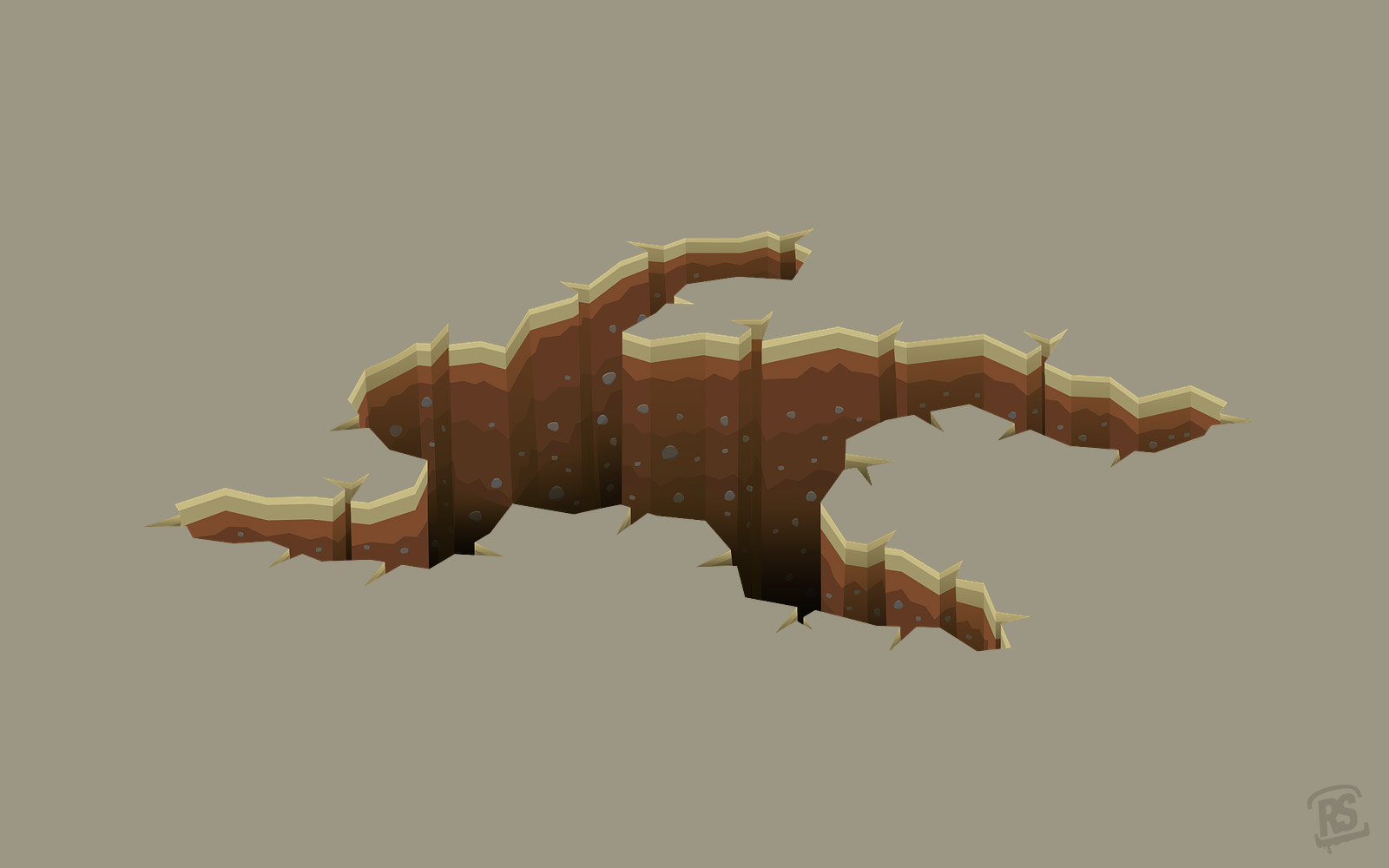Ketamine users are probably familiar with the term “K-hole” but are often left confused in trying to fully understand the phenomenon. Fortunately, new research has been made, and people are now one step closer to comprehending K-holes.
“K-hole” is a frequently used term in the saying “falling into a K-hole”. The sentence refers to a state of mind where the user feels like they are in between consciousness and unconsciousness while disassociated from their body. Moreover, K-hole is a slang often used in the Ketamine-user community, and it refers to a feeling that comes from a result of taking a high dose. Such a high dose can lead to one’s awareness of the world around them and their control over their body as becoming profoundly impaired. This can cause a temporary perception where the person feels unable to interact with others and the world around them.
K-hole is a phenomenon that has often been misunderstood, however, recent research seems to have found that K-hole might, as a matter of fact, be the brain simply going “offline”. This conclusion has been made from an accidental result.
Understanding K-holes’ Effects
The researchers, a scientific team from Cambridge, have described K-holes as being a dissociative state which causes the following effects: perceptual distortions, sensations of floating, vivid dreams or illusions, distortion of the sense of time and space, and alterations in mood state and body awareness.
In their published research paper, the researchers mentioned that “at a sufficiently high dose, both awareness of self and surroundings, and interactions with others become profoundly impaired” which is another description of what K-hole is. Moreover, the researchers explained that K-hole is the “dissociation of the conscious from the physical self under the influence of ketamine is substantiated in psychophysiological studies in normal subjects.”
Using Sheep for Understanding Ketamine
The researchers investigated the effects of ketamine on cortical EEG activity using sheep with chronically-implanted subdural recording electrodes. “We chose to use sheep for this study, because ketamine is used as a large animal anesthetic, and its clinical (anesthetic and analgesic) effects and pharmacokinetics are well understood”.
Sheep were used in this experiment because these animals have been recognized in recent years, as a species that is eminently suitable for use as pre-clinical models of human neurological disorders.
An recent article about the research explained that the brain activity of the sheep was in a state of low frequency while they were asleep during the experiment. However, as the ketamine wore off and the sheep regained consciousness, their brain activity started switching between high and low-frequency oscillations. As a result, scientists noted that it was during this phase that ketamine users have been reporting hallucinations.
Professor Jenny Morton, who led the research, said: “as the sheep came round from the ketamine, their brain activity was really unusual. The timing of the unusual patterns of sheep brain activity corresponded to the time when human users report feeling their brain has disconnected from their body,” she told Vice.
Sheep Sleeping or Brain Switched Off?
Morton explained that the brain oscillations caused by the drug are likely to prevent information from the outside world being processed normally. Once the sheep were given a k-hole, high dose of ketamine -24mg/kg- during the study, the brain activity of five of the six studied sheep stopped completely within two minutes. In fact, one of the sheep’s brains stopped for several minutes.
Morton told Vice that this effect wasn’t to be considered a simple reduction of brain activity, but rather a complete cessation of their brains. “We’ve never seen that before,” she explained.
As the animals were assumed to be sleeping, the Cambridge scientists monitored their brains. Consequently, they observed that the sheep’s brains were completely “offline”.
While the sheep appeared to be sleeping, it was observed that their brains were entirely offline. When their brain activity resumed, it was again in the alternating bursts of low and high-frequency activity that are thought to produce the hallucinatory effects of the drug. According to Morton, the sheeps’ brains were back to their normal functioning a few minutes later. “It was as though they had just been switched off and on,” she explained.
Conclusion
The researchers have come to the conclusion that while “the subjective experience of sheep cannot be determined, the clinical and psychic profile of ketamine administration is very well described in humans, and the timing makes it likely that this ‘oscillation of oscillations’ underlies the dissociative state caused by ketamine.”
Furthermore, the study showed that it seems likely that the total cessation of cortical activity underpins the phenomenon known as the K-hole. In conclusion, a better awareness of the effects of ketamine on the brain would, according to the Cambridge researchers, greatly aid people’s understanding of its use, not only as an anaesthetic, analgesic, or antidepressant but also as a drug of abuse.















